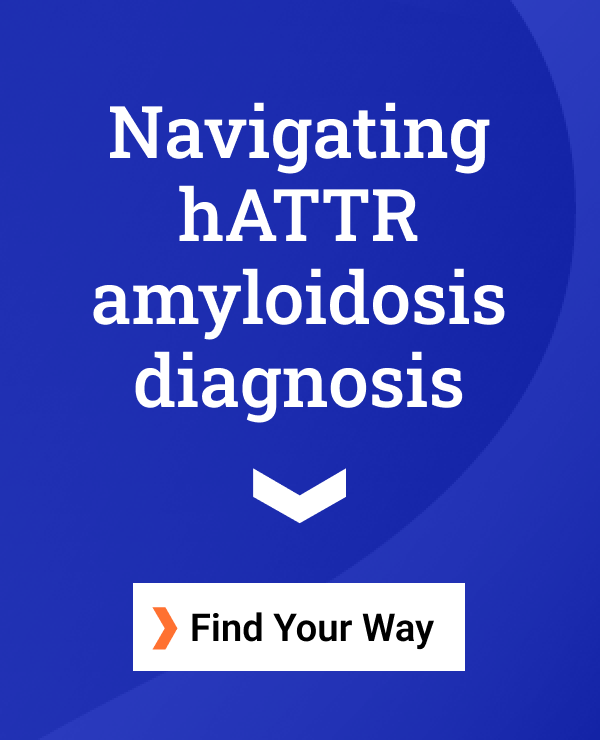Familial amyloid polyneuropathy (FAP) also known as transthyretin (TTR) amyloid polyneuropathy, is characterized by a buildup of faulty TTR protein in various organs in the body. These abnormal TTR deposits, called amyloids, interfere with the normal functioning of the organs, muscles, and tissues, causing the symptoms associated with FAP.
The accumulation of amyloid deposits in the muscles and nerve cells impairs the transmission of nervous signals, thereby affecting muscle function. This leads to peripheral neuropathy symptoms, which include a tingling and prickling sensation, numbness, pain, weakness, and heat insensitivity in the arms and legs.
Electromyogram is a diagnostic test that assesses the interaction between muscle and nerve cells in terms of their ability to communicate with one another and respond to electrical signals.
How EMG works
EMG measures the electrical activity in muscles and nerve cells. It is typically performed by a neurologist, but a trained technician may also perform a portion of the test.
There are two parts to the test.
The first involves measuring the electrical activity of the muscles. Muscle contraction is a result of small electrical impulses sent by the nerve cells. EMG measures these signals in the muscle using small, thin needles called electrodes, which are inserted through the skin into the muscles. Different muscles are tested based on symptoms reported by the patient. The neurologist may ask the patient to relax and contract the muscle that is being tested. These electrodes detect and amplify the electrical signal, which is then translated into graphs, sounds, or numbers that can be interpreted by the specialist.
The ability and speed of nerve cells to relay signals are tested in the second part of the test. This is called a nerve conductance study (NCS). A small, flat electrode is placed on the skin at different points along the nerve fiber that is being tested. A very low-intensity electric current is applied, and the response of the nerve cell recorded. The speed at which the electrical signal is relayed determines the degree of nerve cell damage.
Both tests are performed when the doctor orders an EMG, unless specified otherwise. The testing usually takes between 30 minutes and three hours and the time may vary from hospital to hospital.
How to prepare for an EMG
Oily skin interferes with EMG testing. Bathing to remove oils from the skin shortly before the test is recommended. No lotions or creams should be applied before the exam.
The doctor must be notified about all medication and herbal supplements a patient is taking. They may ask a patient to discontinue some medicines known to interfere with the testing.
The neurologist must be informed about the use of blood thinners and any internal electrical devices, such as pacemakers. They must also be made aware of any bleeding disorders, such as hemophilia. These might not be a reason not to perform EMG, but will be taken into consideration when evaluating the results.
Most testing centers provide gowns for a patient to wear during testing. However, it is recommended to wear loose, comfortable clothing that permits access to the area of the body being tested.
What to expect during the exam
The doctor may ask the patient to lie down or sit during the procedure.
More than one needle may be inserted into the muscle during an EMG. The patient may experience slight pain and discomfort. If the pain is too intense, the neurologist must be notified immediately. The patient will be asked to relax and contract the muscle at different times to read electrical activity. If doing so causes discomfort or pain, the doctor must be informed.
During the NCS, the small electric current used to stimulate the nerve cells should not cause any pain, but patients may experience a slight tingling.
After the procedure
EMG is a very safe test and complications are rare. The patient may experience slight soreness and minor bruising at the site of needle insertion. This should fade naturally within a few days.
***
FAP News Today is strictly a news and information website about the disease. It does not provide medical advice, diagnosis, or treatment. This content is not intended to be a substitute for professional medical advice, diagnosis, or treatment. Always seek the advice of your physician or other qualified health provider with any questions you may have regarding a medical condition. Never disregard professional medical advice or delay in seeking it because of something you have read on this website.




